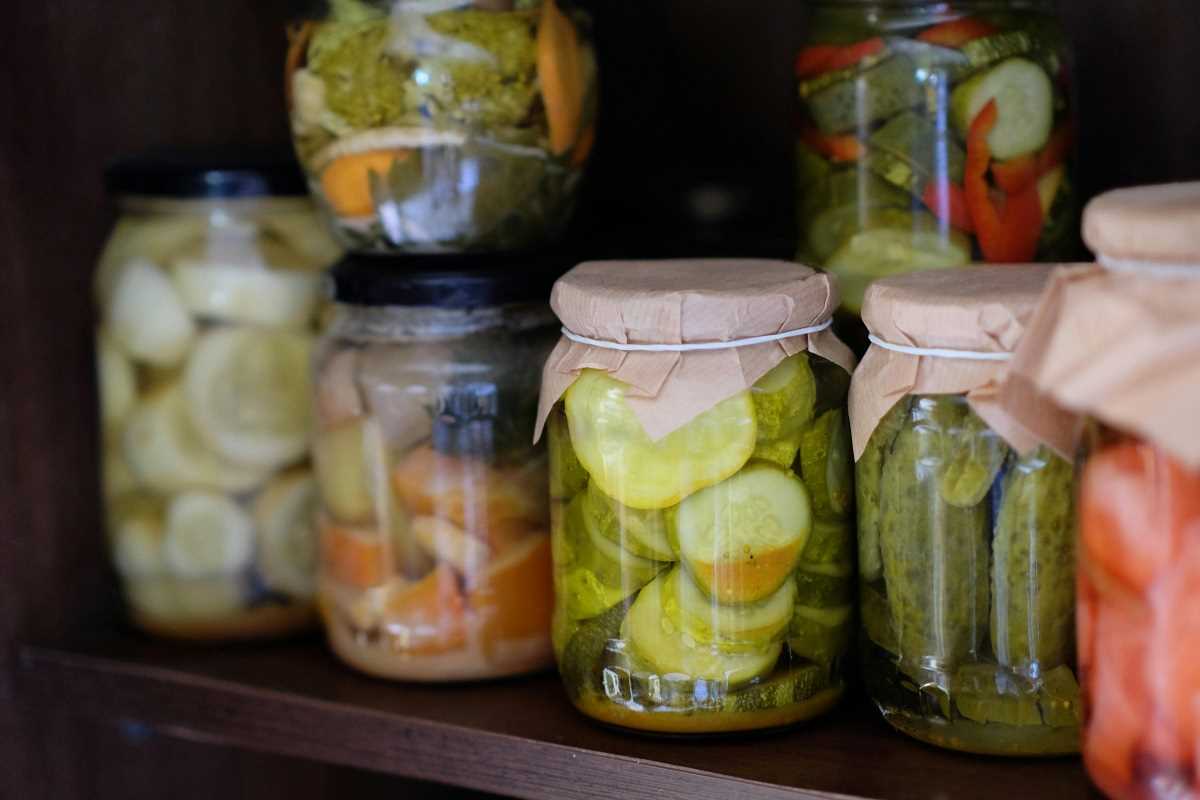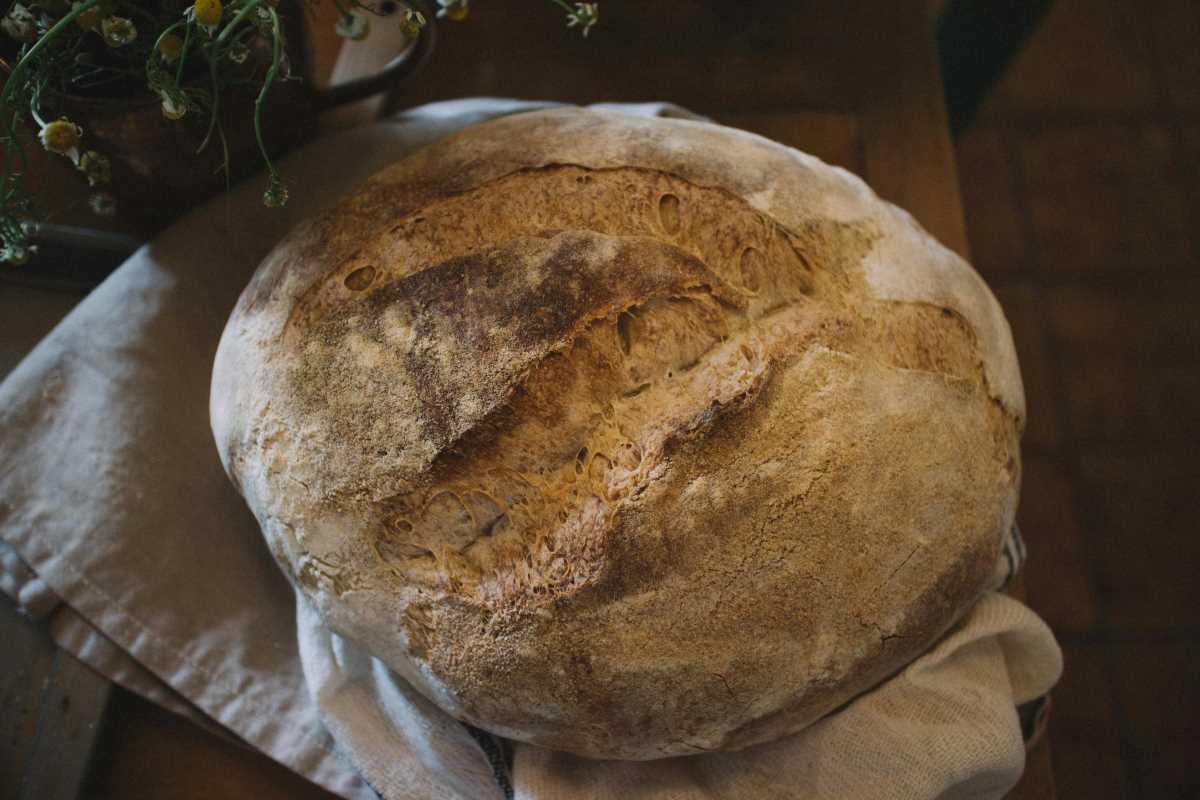People have preserved fruits and vegetables through pickling for centuries, capturing the taste of each season and enhancing everyday meals with bold, tangy flavors. This practice tells a story that connects generations, as each region adds its own twist and personality to the process. Pickling doesn’t just extend the shelf life of fresh produce; it opens up a world of creativity in the kitchen, inviting cooks to experiment with spices, herbs, and different ingredients. Today, many still honor time-honored recipes while discovering fresh pairings, keeping the spirit of this flavorful tradition alive in kitchens everywhere.
The magic of pickling lies in its ability to transform simple ingredients into tangy, aromatic treasures. Each tradition employs unique methods and ingredients that celebrate the diversity of local cultures, making every jar a glimpse into a different culinary heritage.
Pickling Across Cultures: A Brief History
The history of pickling spans continents and centuries. Early civilizations discovered that preserving food in brine not only extended its shelf life but also enhanced its flavor. Many cultures adopted this method, passing down their recipes and techniques through generations.
- Japanese artisans pioneered meticulous fermentation practices, developing recipes like tsukemono that emphasize presentation as much as preservation.
- Middle Eastern kitchens perfected the use of aromatic spices and herbs, resulting in a variety of pickled vegetables that complement hearty stews and rice dishes.
- Eastern European traditions produced robust pickled cucumbers and cabbage varieties, using methods that played a central role in communal gatherings and family feasts.
These historical snapshots show how pickling became intertwined with cultural identity. By celebrating both the flavors and the traditions behind these practices, today's cooks can appreciate the culinary heritage embedded in every jar.
Classic Ethnic Pickling Techniques
Different regions contribute unique methods that showcase the creativity and resourcefulness of their culinary practices. Each technique employs a different balance of ingredients and processes, turning common vegetables and fruits into extraordinary creations.
- Lacto-Fermentation: This time-honored method uses naturally occurring bacteria to ferment ingredients, producing a complex sour flavor. Popular in many cultures, it forms the foundation of dishes like Korean kimchi and Eastern European sauerkraut.
- Vinegar Pickling: Quick and versatile, vinegar pickling infuses produce with a tart, tangy note. From Italian giardiniera to American dill pickles, this method preserves the fresh crunch of vegetables while adding a bold acid kick.
- Oil-Based Pickling: Originating from Mediterranean cuisines, oil-based pickling involves preserving ingredients in a rich layer of olive oil, often accompanied by herbs and spices. This method not only preserves vegetables but also enhances their natural sweetness.
- Dry Salting: In this technique, salt draws out moisture from produce, intensifying flavors and creating a condensed, vibrant taste. Traditional in many Asian and South American culinary practices, dry salting brings out the essence of the ingredients in a unique fashion.
Chefs and home cooks alike can find a technique that suits their taste and available ingredients. The diversity in these methods invites experimentation and personalization, making pickling a versatile skill in any kitchen.
Secrets of the Kitchen and Signature Ingredients
The culinary secrets behind these methods lie in the details. The choice of salt, the type of vegetable, and the timing of fermentation all contribute to a final product that bursts with flavor and personality. Experiment with different salt varieties or add spices like mustard seeds, bay leaves, or even dried chilies to create a signature twist.
Many enthusiasts swear by blending traditional techniques with modern creativity.
Must-Try Pickled Foods and Traditional Pairings
Every culture offers its own pickled jewels. In the Mediterranean, enjoy artichoke hearts and sun-dried tomatoes marinated in olive oil and herbs; serve them with freshly baked bread for a simple yet flavorful snack. In Eastern Europe, crunchy, sour pickles work wonderfully with hearty meats or as a tangy contrast to rich stews.
For those interested in a mix of traditions, consider the sharp flavors of quick-pickled radishes popular in Asian cuisine alongside the refreshing zest of vinegar-based cucumber pickles. Detailed overviews of various pickling methods reveal how traditional pairings not only balance flavors but also improve the overall dining experience.
Modern Twists and Fusion Pickling
Modern kitchens continue to innovate and experiment with classic pickling systems. Chefs incorporate unexpected ingredients like tropical fruits, specialized salts, or even edible flowers to create fusion flavors that connect different cultures. This creative approach combines traditional wisdom with contemporary flair, producing surprising and delightful taste experiences.
- Blend classic techniques with local ingredients, such as using regional herbs to infuse familiar vegetables with new flavor profiles.
- Experiment with layered pickling, where different vegetables combine to create complex, multi-dimensional flavor layers.
- Mix sweet and savory elements by pickling fruit alongside vegetables, ideal for inventive appetizers or salads.
- Develop personalized spice mixtures that reflect your culinary heritage, adding a distinctive twist to your preservation process.
Experimenting with diverse pickling traditions lets you create unique flavors and textures. Blend traditional methods with your own ideas to enhance any meal.
 (Image via
(Image via





